3932 words.
CHAPTER OR STORY 16 – FARMING IN THE FIELD OF WAR https://www.youtube.com/watch?v=4LJpJeIwFMw#t=45m50s Click Here and the link will take you to the beginning of this story at 45:50 within the longer video called “Jasper Thompson’s Destiny Day September6, 1906”
FLICKR 54 images
https://www.flickr.com/photos/jimsurkamp/albums/72157686816976084
With support from American Public University System (apus.edu). The sentiments expressed do not in any way reflect modern-day policies of APUS, and are intended to encourage fact-based exchange for a better understanding of our nation’s foundational values.
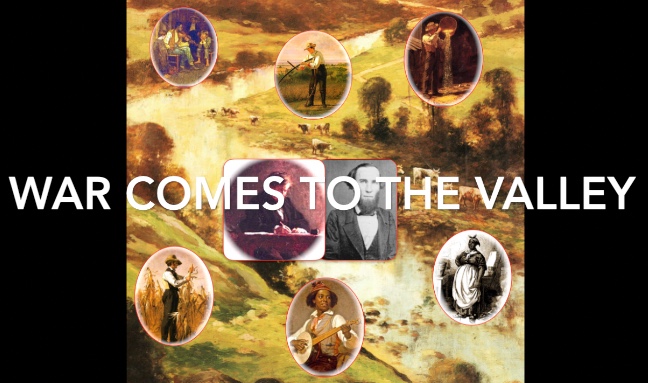
THE STORY W/O IMAGES
The first week of July, the first day of harvest was when the first sounds of battle were heard here from Falling Waters.
The wheat was standing tall and fine that year, a heavy crop. Perhaps Solomon Thompson was swinging the first cradle, and the cradlers were strung out in a long line beside him, including perhaps his seventeen-year-old son, Jasper.
A description fitting Jasper appears in the Alexander’s 1860 Census for Walnut Hill along with a listing that matches the description and age of Jasper’s father Solomon.
In August, 1861 – Charles Armistead Alexander joined the 12th Virginia Cavalry in Harrisonburg,
He curtailed his studies in medicine at the University of Virginia.
Charles Alexander was just eight months older than Jasper. Jasper in 1861 was cutting wheat or maybe was a groom for Charles’ cavalry horse
Right when it hurt the most, the Confederacy called for 400,000 more “volunteers” on August 3rd, 1861
Feeding Confederate Col. Jackson’s men from May through to their departure in July to Bull Run and the army of Union General Robert Patterson picked the area clean of food and the best horses. If you have horses and mules, they have to be fed. A horse needed 14 pounds of hay and 12 pounds of grain a day; a soldier only needed three.
J. R. Tucker, a Valley farmer, wrote to the Confederacy’s Secretary of War in Richmond:
I am requested by some of the citizens of the valley counties to make a representation to you of the facts bearing upon the call of the militia in that region. It is the most fertile part of Virginia for wheat and corn growing. It has no other staple of consequence. The call of the militia was at a time when the harvest was scarcely over, and the farmer left his crop standing in the field unhoused.
THE STORY WITH IMAGES:

The first week of July, the first day of harvest was when the first sounds of battle were heard here from Falling Waters.
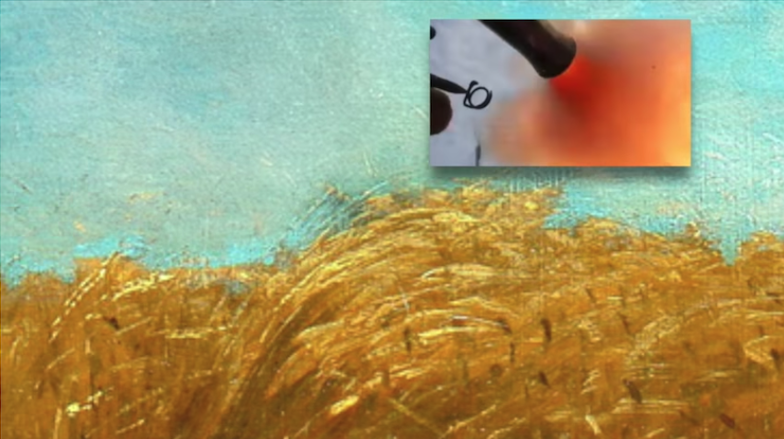
metmuseum.org Bequest of Miss Adelaide Milton de Groot (1876-1967), 1967
The wheat was standing tall and fine that year, a heavy crop.
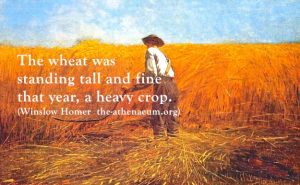
metmuseum.org Bequest of Miss Adelaide Milton de Groot (1876-1967), 1967
Perhaps Solomon Thompson was swinging the first cradle, and the cradlers were strung out in a long line beside him,
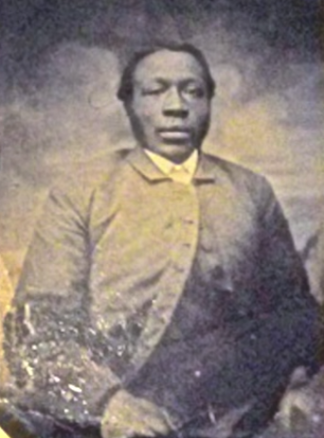
– Monique Crippen-Hopkins
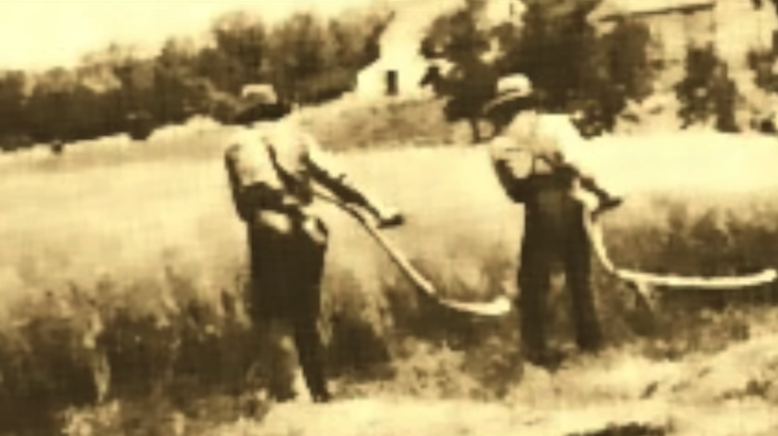
including perhaps his seventeen-year-old son, Jasper.
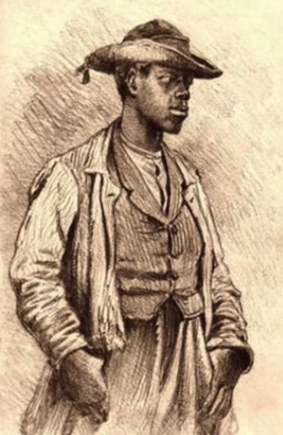
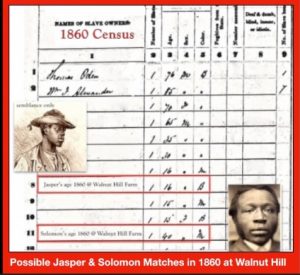
United States. Bureau of the Census; United States. National Archives and Records Service. (1967). Population schedules of the eighth census of the United States, 1860, Virginia [microform] – Volume Reel 1392
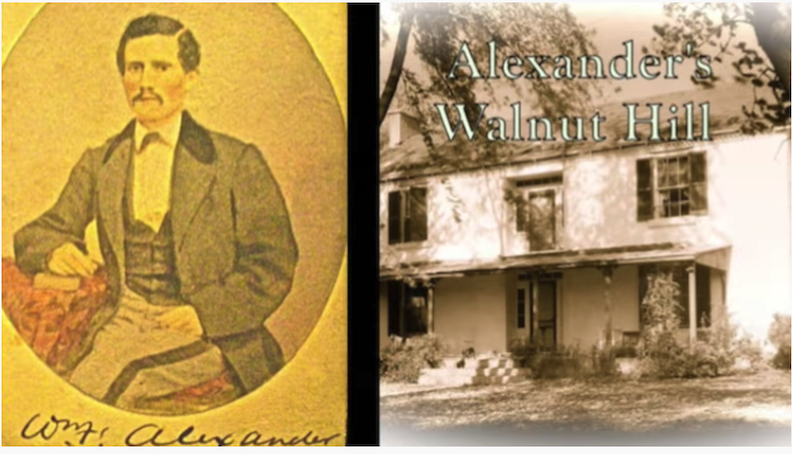
Dr. Alexander’s son, Charles Armistead Alexander, was just eight months older than Jasper. Hearing drumbeats, he curtailed his studies in medicine at the University of Virginia and in August, 1861 Charles joined many friends in the 12th Virginia Cavalry. He likely needed a groom to accompany him.
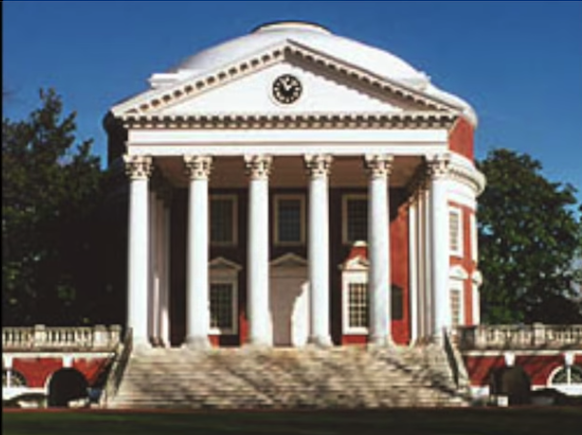
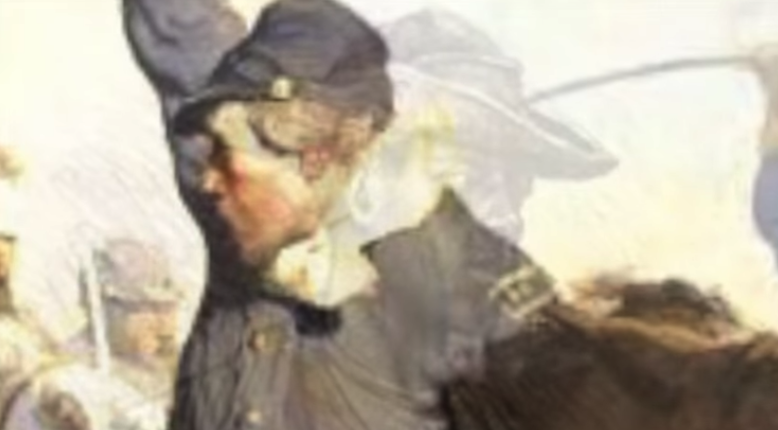
archive.org p. 346 – cavalry charge; Jasper Thompson’s semblance by Edwin Forbes.
WHERE WAS JASPER THOMPSON AFTER AUGUST, 1861 – RIDING WITH HIS BOYHOOD PLAYMATE AT WALNUT HILL, OR STILL CUTTING WHEAT BACK AT THE FARM?
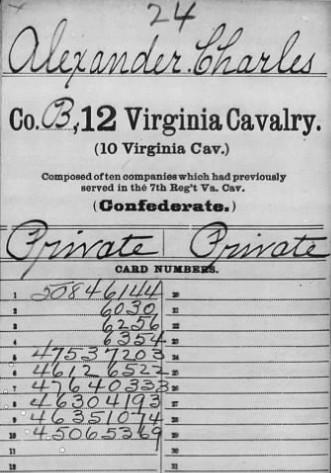
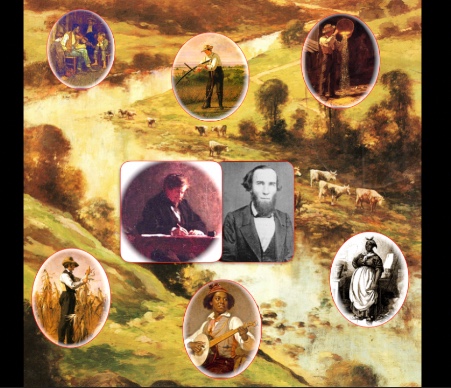
Right when it hurt the most, the Confederacy called for 400,000 more “volunteers” on August 3rd, 1861
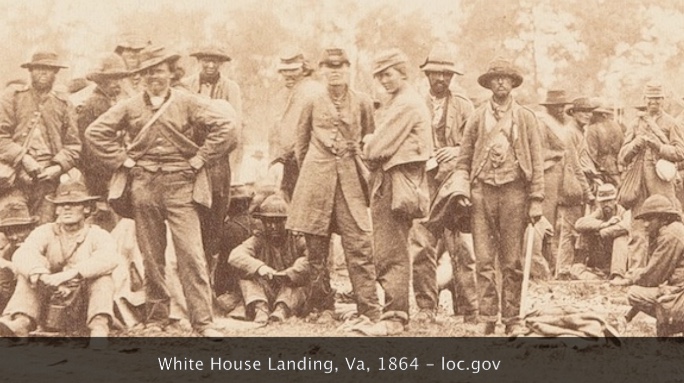
Feeding Confederate Col. Jackson’s men from May through to their departure in July to Bull Run and the army of Union General Robert Patterson picked the area clean of food and the best horses.

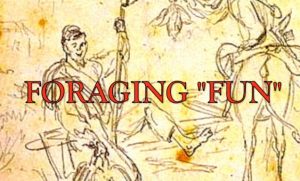
by Alfred Waud Published: [between 1860 and 1865] – loc.gov
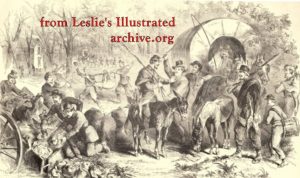
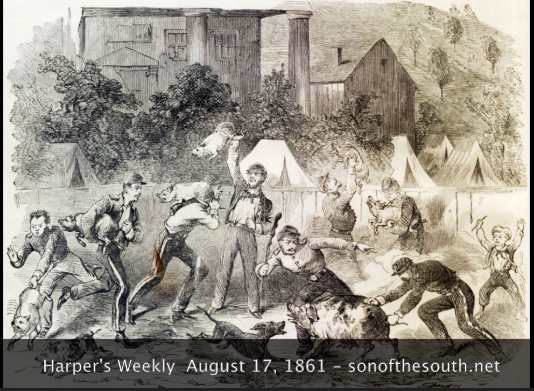
sonofthesouth.net
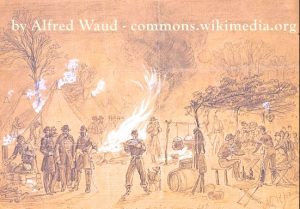
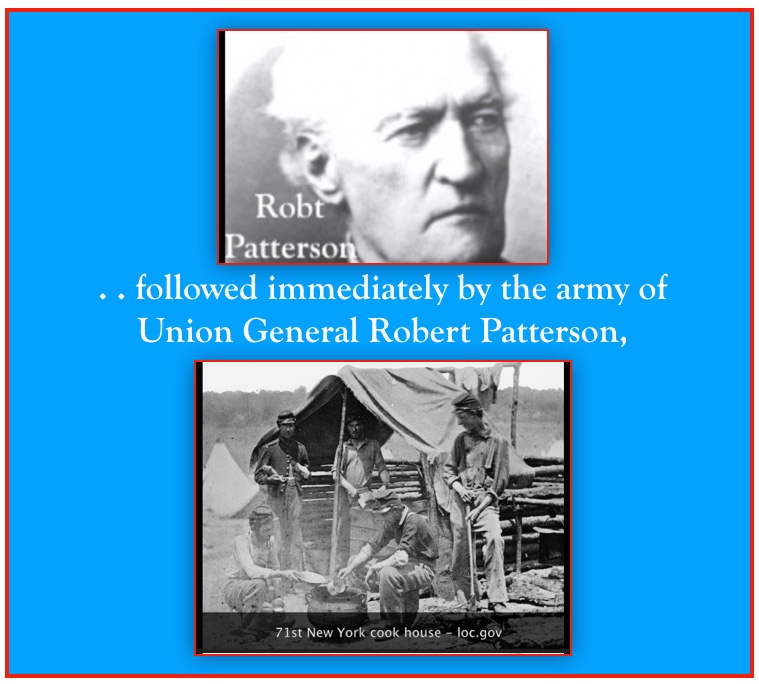
Date Created/Published: 1861. loc.gov ; Robert Patterson – aztecclub.com
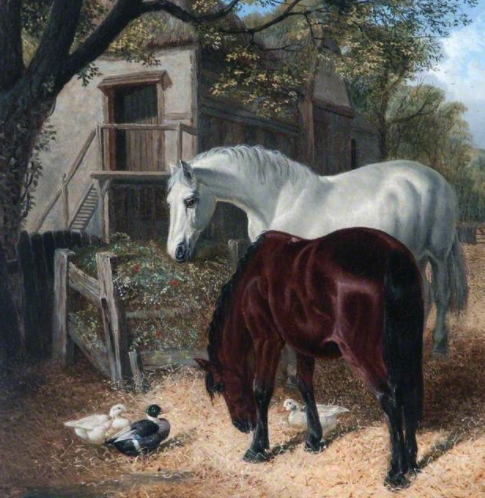
John Frederick Herring, Sr. – Farm Scene with Horses – Danum Gallery, Library and Museum Photo credit: Heritage Doncaster – artuk.org
If you have horses and mules, they have to be fed. A horse needed 14 pounds of hay and 12 pounds of grain a day; a soldier only needed three.
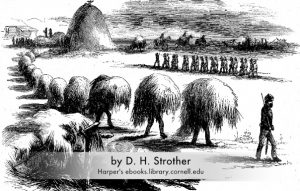
J. R. Tucker, a Valley farmer, wrote to the Confederacy’s Secretary of War in Richmond:
I am requested by some of the citizens of the valley counties to make a representation to you of the facts bearing upon the call of the militia in that region. It is the most fertile part of Virginia for wheat and corn growing. It has no other staple of consequence. The call of the militia was at a time when the harvest was scarcely over, and the farmer left his crop standing in the field unhoused.


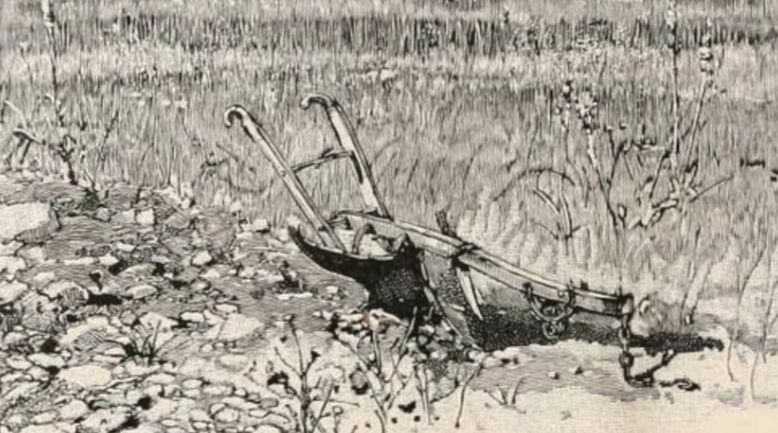



Virginia Historical Society, Lora Robins Collection of Virginia Art
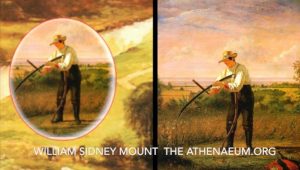
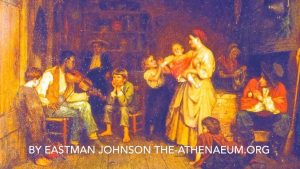

Bequest of Martha C. Karolik for the M. and M. Karolik Collection of American Paintings, 1815-1865 collections.mfa.org
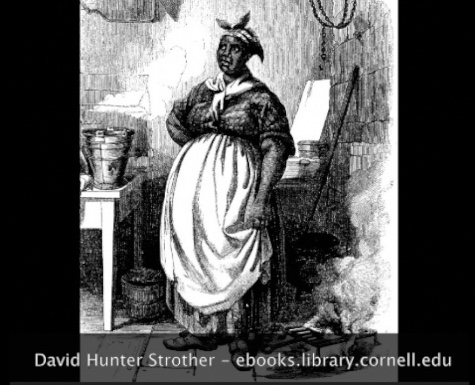
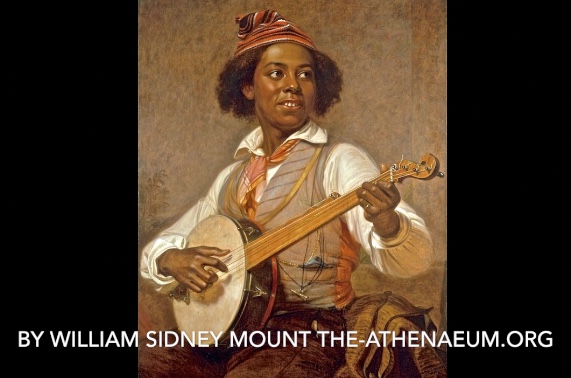
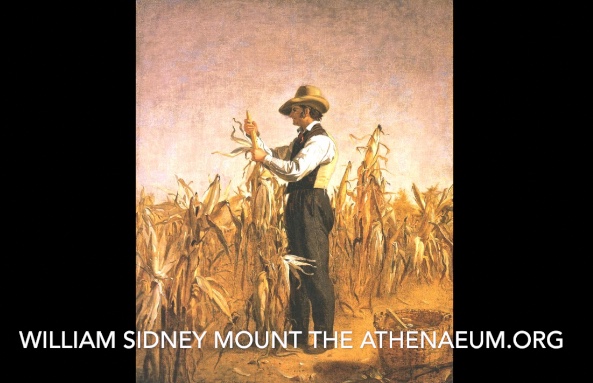
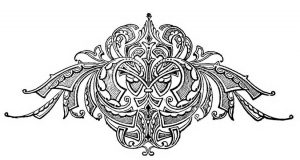
REFERENCES:
1. 1860 Census slave schedules:
Wm F. Alexander 28 enslaved Walnut Hill 16 year old male like Jasper
1860 Slave Schedule Wm F. Alexander Jefferson County Va P. 28
United States. Bureau of the Census; United States. National Archives and Records Service. (1967). Population schedules of the eighth census of the United States, 1860, Virginia [microform] – Volume Reel 1392 – 1860 Virginia Federal Population Census Schedules Slave – Henrico, James City, Jefferson, Kanawha, King George, King and Queen, and King William Counties. Publisher Washington D.C.: Gov’t Printing Office. First page of Schedule for Jefferson County – Click Here. https://archive.org/details/populationschedu1392unix/page/n297/mode/2up?view=theater
2. J. Randolph Tucker’s letter dated August 27, 1861 to Richmond, Va. to Hon. L. P. Walker Sec’y of War, the Confederacy:
Richmond, August 27,1861. Hon. L. P. Walker, Secretary of War:
Dear Sir: I am requested by some of the citizens of the valley counties to make a representation to you of the facts bearing upon the call of the militia in that region. It is the most fertile part of Virginia for wheat and corn growing. It has no other staple of consequence. The call of the militia was at a time when the harvest was scarcely over, and the farmer left his crop standing in the field unhoused. No plow has been put into the ground for the fall seeding of wheat. See, then, the sacrifice which oar people in that region are called on to make—to imperil the crop of the past year and to prevent the raising a crop for the coming year.
I know it is supposed the same rule of 10 per cent., being applicable elsewhere, must be applied to the valley, and with no worse results; but one fact will show the contrary: In Shenandoah County there is a white population of 12,800 and a total population of 13,800, showing only 1,000 blacks, free and slave. Ten per cent, of the whites makes a rail of 1,280 for militia service drafted from the laborers, the tillers of the soil, and not leaving sufficient slaves at home to work while the master is abroad to fight.
Nansemond County, near Norfolk, has a total population of 13,700, (nearly the same as Shenandoah), of which 5,700 are white and 8,000 black, free and slave. The draft of 10 per cent draws 570 whites, but leaves the negro to the farm labor.
This is an evil which calls for a remedy, if one can be had. Of the militia at Winchester, numbering, say, 5,000, perhaps one-half are unarmed. Might not furloughs be allowed, or a part be disbanded who are unarmed, upon call to be summoned again if needed, especially since report says the column of General Banks has fallen back from the valley towards Baltimore! If anything can be done for as true and patriotic a people as there are in the South, I appeal to you to do it. When I tell you that in Shenandoah County, which cast 2,500 votes for the secession ordinance and only 5 against it, there are only 700 slaves, I think I may vouch for the integrity of her people upon the great crisis of the South.
I am, with high respect, yours,
J. R. TUCKER.
Shenandoah has furnished about 950 volunteers. Could not enough of her militia be retained to make up her quota and release the residue on furlough? As it is now, she has largely more than her quota in the field, counting her volunteers and her militia.
J. R. TUCKER.
from The War of the Rebellion Additions and Corrections to Series I – Volume V. Washington, D.C. Government Printing Office. (1902).
Congressional Serial Set – Operations in Maryland, Virginia, and West Virginia. August 1, 1861-March 17, 1862
Chapter XIV pp. 819-820 Letter August 27, 1861 from Tucker to Sec’y of War L. P. Walker
books.google.com https://books.google.com/books?id=VjMZAAAAIAAJ&pg=PA819&lpg=PA819&dq=I+am+requested+by+some+of+the+citizens+of+the+valley+counties+to+make+a+representation+to+you+of+the+facts+bearing+upon+the+call+of+the+militia+in+that+region.&source=bl&ots=xrsCnvR0FG&sig=2JU8Iyrk_PmnCcVZw5bIJLegot0&hl=en&sa=X&ved=0ahUKEwj1ktaMt_LVAhXC4yYKHfJaA2oQ6AEIKDAA#v=onepage&q=I%20am%20requested%20by%20some%20of%20the%20citizens%20of%20the%20valley%20counties%20to%20make%20a%20representation%20to%20you%20of%20the%20facts%20bearing%20upon%20the%20call%20of%20the%20militia%20in%20that%20region.&f=false
3. Walker’s letter dated August 27, 1861 from Richmond, Va. to Gen. R. E. Lee:
R. E. LEE, General, Commanding.
War Department, C. S. A.,
Richmond, August 28, 1861. Brig. Gen. Gilbert S. Meem,
Commanding Seventh Brigade, Virginia Militia, Winchester:
Sir: In your communication to this Department of the 26th of August you submit for its decision various matters relating to your command at Winchester. Before proceeding to answer your interrogatories it is necessary to inquire into the circumstances under which the forces under your command were called into the Confederate service.
It appears that under the exigencies surrounding General J. E. Johnston he called for a brigade of two regiments from the Third Division Virginia Militia on the 21st of June, 1861, to which call you responded as the brigadier general of this district, and that having raised the two regiments required, you were ordered by General Johnston, on the (illegible) of July, 1861, to take post at Winchester.
It further appears that on the 19th of July, 1861, Governor Letcher, in obedience to the requisition of the President calling out the militia of Virginia, made a further call upon the militia of the Third Division, under which the other regiments were raised and added to your command at Winchester.
These four regiments thus raised were, in the opinion of General Johnston, necessary to the defense and protection of Winchester, in view of his operations in the direction of Manassas, and they were organized hi accordance with the laws of Virginia regulating her militia.
The militia laws of Virginia provide, among other things, “that each major-general, brigadier general, and colonel shall appoint his own staff,” &c. Under this state of facts, the first question, arising for the decision of this Department is that propounded by yourself: Whether he staff officers of your brigade appointed by yourself, and the regimental staff officers appointed to each regiment by the colonel thereof, will be recognized and commissioned by the Confederate Government under the provisions of the act of Congress approved March 6,1861, to provide for the public defense?
This act, in its fifth section, provides that “officers of volunteers below the grade of general shall be appointed in the manner prescribed by law in the several States.” But the sixth section of this act provides that “the President shall, if necessary, apportion the staff and general officers among the respective States from which the volunteers shall render their services as he may deem proper;” and the seventh section of this act reads:
“Whenever the militia or volunteers are called and received into the service of the Confederate States under the provisions of his act, they shall have the same organization, and shall have the same my and allowances, as may be provided for the Regular Army;” and by the ninth section of this act the power is extended to the President, by and with the consent of the Congress, “to appoint one commissary with one quartermaster, with the rank of major, for each brigade of militia or volunteers called into the Confederate service, and one assistant quartermaster and one assistant commissary, with the rank of captain, and one surgeon and one assistant surgeon, to each regiment; the said quartermasters and commissaries and assistant quartermasters and commissaries to give bonds, with good sureties, for the faithful performance of their duties.”
The State and Confederate laws in relation to militia staff appointments would seem thus to conflict. Nor does a recurrence to the mere records of the Constitution of the Provisional Government, under which we are acting, serve precisely to settle the difficulty. The sixth section of this instrument provides that Congress, among other things, shall have the power to provide “for calling forth the militia to execute the laws of the Confederacy, suppress insurrections and repel invasions, to provide for organizing, arming, and disciplining the militia, and for governing such part of them as may be employed in the service of the Confederacy, reserving to the States respectively the appointment of the officers,” &c.
In this reservation to the States are staff officers as well as commanding officers embraced, or shall it be contended that the Congress, by the act to provide for the public defense, has so far exercised its constitutional power of “organizing and governing” the militia called into the Confederate service as to confer on the President the right to make staff appointments in supercession of State laws? If the first inquiry be answered affirmatively, then your command as at present organized and officered has to be in all respects accepted. If the last position be yielded, the brigade and regimental staff officers of your command will depend upon the discretion of the President, who may or may not accept the appointments made by yourself and your colonels. Whatever appointments are recognized will of course occupy positions under the ninth section of the act to “provide for the public defense,” and they will hold the same rank and receive the same pay “allowed to officers of the same grade in the regular service.” The act to provide for the public defense evidently regards militia as such and militia as volunteers. In the first light they are subject to draft upon requisition or may be called out en masse. In the second light they freely tender their services; and here again a distinction has to be drawn. They may tender their services through State intervention indirectly to the Confederate Government or without State intervention directly to the Confederate Government. If drafted or called out en masse, they c in only be compelled to serve six months, whereas under a tender of service they may be accepted and compelled to serve for any period specified, according to the necessities of the Government and country. But in whatever light they may stand, the nature of the question as affecting staff appointments demands an interpretation that shall generate unity, consistency, and harmony in the general service of the Army, and which could never be obtained if staff officers were not compelled to give bond and surety to that government whose treasury was at their mercy. It would be a strange anomaly in administration to admit a set of officers into the Treasury* of the Confederate Government whose bonds and sureties were given in the line of their commissions to the State authorities, from whose treasuries nothing was to be drawn. How could the Confederate Government exact bond and surety from a State officer” Yet the act “to provide for the public defense” imperatively demands that this Department shall exact “bond and good sureties” from all its agents employed in the Army as “quartermasters and commissaries”‘ and as assistant quartermasters and assistant commissaries. The nature of the case and the reason attendant upon it lead to the conclusion that in every branch of the service staff appointments are with the President, and that he may accept or reject those selected by the officers of your command.
Your second interrogatory is plain. The four regiments under your command, having been called into the Confederate service by proper authority and retained at Winchester, are entitled to the usual pay allowed by law to volunteers and militia for the time they have served and shall continue to serve. Nor is there any difficulty in regard to your third and last inquiry. The militia called into the Confederate service are clothed, subsisted, and paid as other troops.
In conclusion, it may be remarked that this Department has received from the county authorities of Shenandoah and from the Hon. J. Randolph Tucker, the attorney-general of Virginia, earnest petitions for the discharge of all that portion of your command which may be in excess of the 10 per cent, quota demanded by this Government for active service in the field. The question of their discharge will be referred to General Johnston, who will be governed in his decision by the necessities associated with the defense of Winchester and the country comprising the third militia division. Respectfully,
L. P. Walker, Sec’y of War.
from The War of the Rebellion Additions and Corrections to Series I – Volume V. Washington, D.C. Government Printing Office. (1902).
Congressional Serial Set – Operations in Maryland, Virginia, and West Virginia. August 1, 1861-March 17, 1862
Chapter XIV pp. 811-812 Letter August 27, 1861 from Tucker to Sec’y of War L. P. Walker
4. Charles Armistead Alexander Service Record:
fold3.com (account required)
ALEXANDER, CHARLES ARMISTEAD: b. 5/12/43. enl. 8/1/62 at Harrisonburg in Co. B as Pvt. Captured by 1st Connecticut Cav. between Halltown and Bolivar Heights, W.Va. 7/14/63 (Ft. McHenry, 7/15/63; Ft. Delaware, 7/20/63; Pt. Lookout, 10/27/63). Oath of Allegiance to U.S. 12/24/63. d. 3/27/64 (location and cause not stated). bur. Zion Episcopal Cem., Charles Town, W.Va.
Frye, Dennis E. (1988). “12th Virginia Cavalry.” Lynchburg, VA: H. E. Howard, Inc. Print.
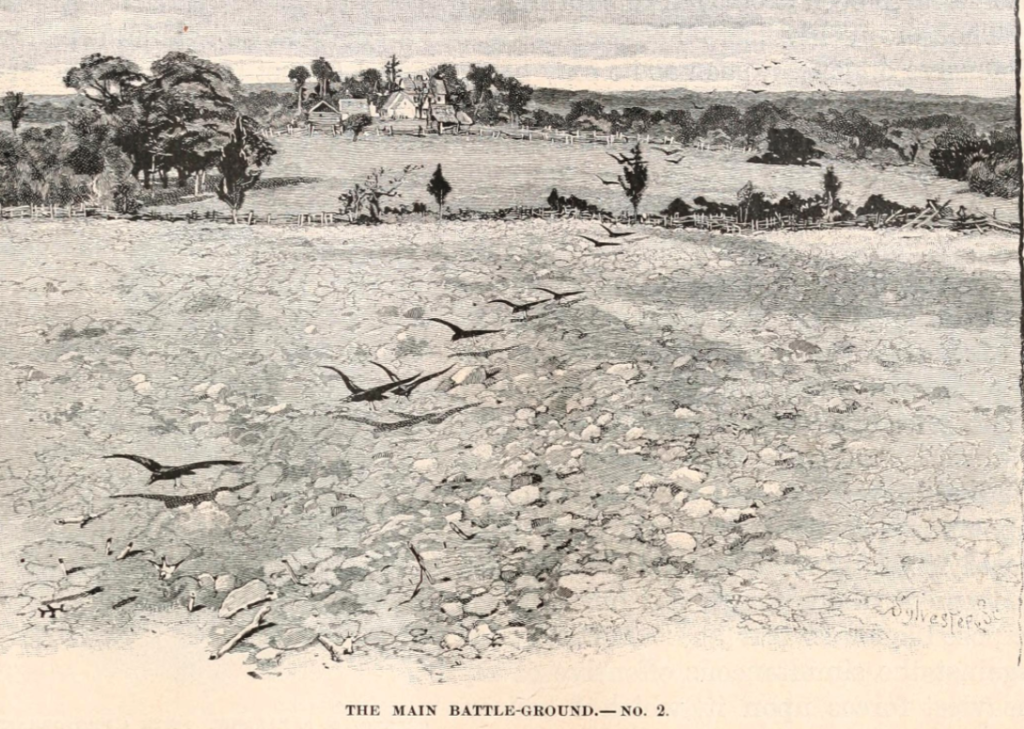

CHAPTER OR STORY 17 CLICK HERE https://civilwarscholars.com/uncategorized/chapter-17-war-strikes-down-a-washington-by-jim-surkamp/
